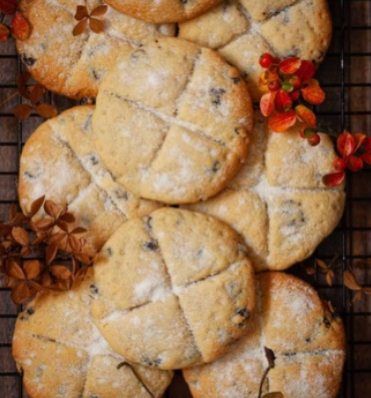By: Ty Lounsbury
Everyone loves to go trick-or-treating on Halloween, but the history of this tradition goes way beyond free candy. Most Halloween traditions have been traced back to ancient Celtic traditions from about two thousand years ago, and trick-or-treating is no exception. The Celts believed that the veil between the living world and the spirit realm was thinnest on Halloween, so people would use this as an opportunity to communicate with the deceased. For this very reason, it was also an opportunity for people with limited means to strike deals in exchange for food. Families that struggled with poverty would go to people’s houses and offer to pray for their deceased loved ones in exchange for something called soul cakes, which is essentially a biscuit or a tiny cake. Making these deals was called “souling,” and this was considered a worthy trade because the Celts believed that these prayers would set their loved ones free from the spirit realm to allow their souls to finally rest. On a slightly different note, Christians believed that every time someone ate a soul cake, another soul was released from purgatory. Souling eventually evolved into a secular tradition, called guising; children would go to houses and offer to put on various types of performances in exchange for gifts, like food, drinks, and/or money. Trick-or-treating might not have as much meaning as souling, but it has never lost its popularity. After all, who doesn’t love free candy?





